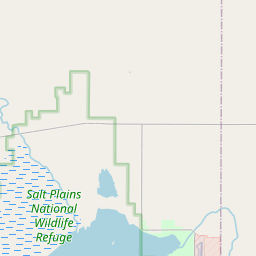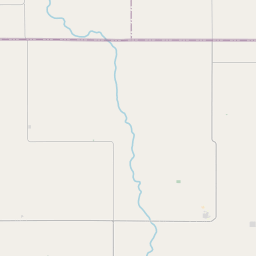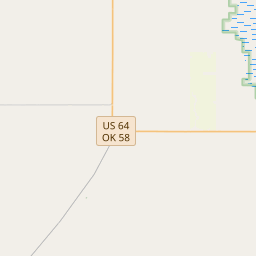
Dig for free selenite crystals during the Crystal Digging Season open April 1 through October 15 from sunrise to sunset. Crystal Digging is only allowed in the designated dig area, marked with bright orange signs about 1 mile through the gate at Selenite Crystal Dig Area located at: 66003 Garvin Road, Cherokee, OK 73728. The observation deck is open all year! For more information, review the crystal digging brochure or call the refuge at 580-626-4794.
Visit Us
Come explore this unique refuge by hunting, fishing, birdwatching, crystal digging, viewing wildlife and hiking. The refuge is free to enter and is open everyday from sunrise to sunset except for fishing and crystal digging (open April 1 through October 15). Pets are allowed but must be on leash. Make sure to check out the visitor center located two miles south of State Highway 11 along County Road 710.
Location and Contact Information
- Visitor Center and HeadquartersView Details71189 Harper Road Jet, OK 73749-4953
- Selenite Crystal Digging AreaView Details66003 Garvin Road Cherokee, OK 73728
About Us
Salt Plains National Wildlife Refuge encompasses 32,197 acres in north-central Oklahoma. The refuge is composed of mixed-grass prairie, rolling sand hills, forested riparian riparian
Definition of riparian habitat or riparian areas.
Learn more about riparian areas, herbaceous wetlands, open water (Great Salt Plains Reservoir/Great Salt Plains Lake), and salt flats.
What We Do
Many conservation tools like prescribed fire, heavy equipment, and chemical herbicides are used to manage the refuge for migratory and breeding birds, mammals, herps, fish and aquatic species. As well as connecting to the surrounding community and partners about environmental issues.
Get Involved
Find out how you get can get more involved to help the refuge by volunteering.
Projects and Research
The refuge has management programs focused on inventory and monitoring, invasive species invasive species
An invasive species is any plant or animal that has spread or been introduced into a new area where they are, or could, cause harm to the environment, economy, or human, animal, or plant health. Their unwelcome presence can destroy ecosystems and cost millions of dollars.
Learn more about invasive species and habitat. The Visitor Services Program focuses projects on outreach, education and partnerships.




















